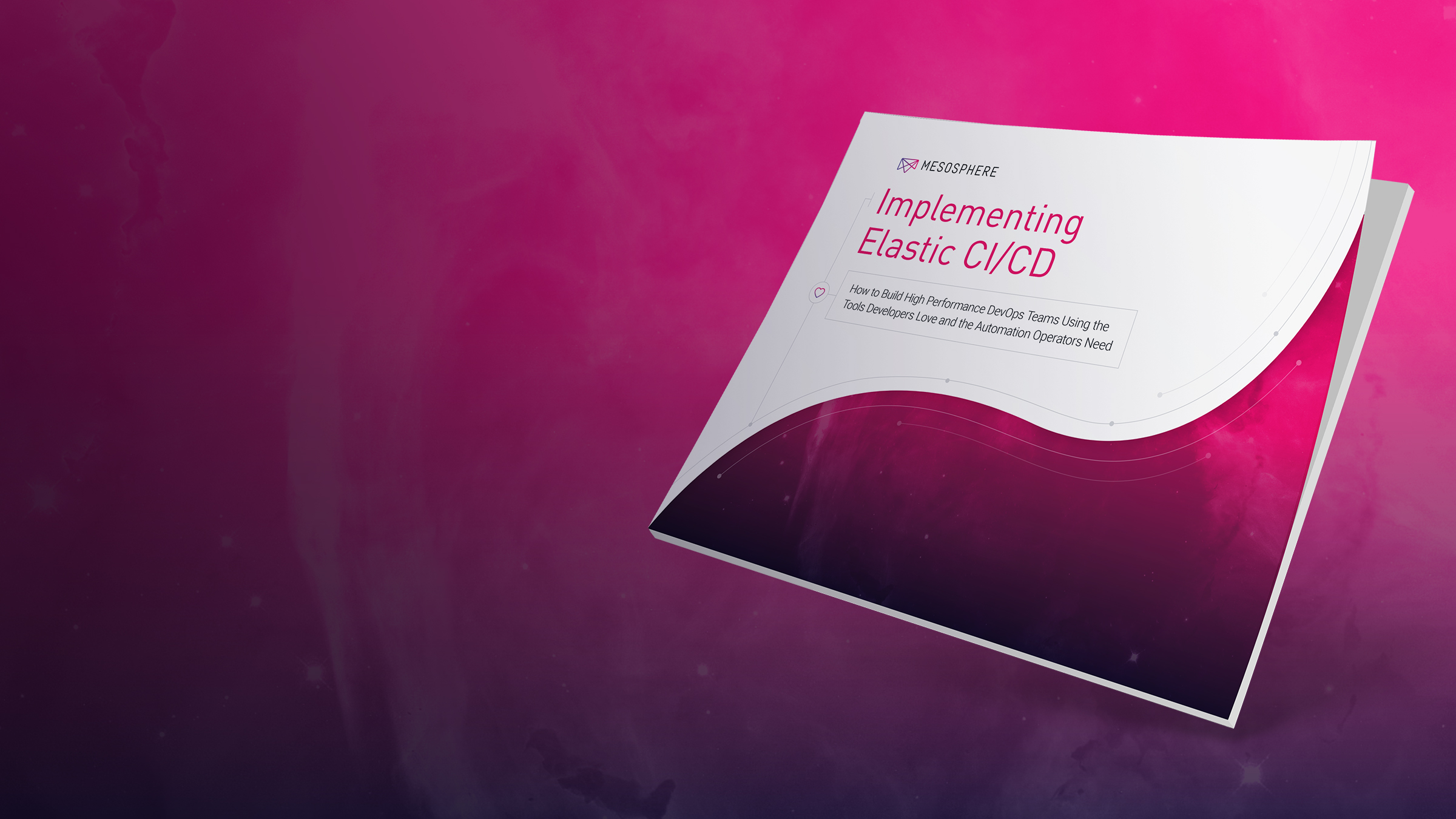Learn how to build high performance DevOps teams using the tools and automation you need and love.

4 min read
Digital transformation is rapidly improving customer experience and operational efficiency, and the most successful enterprises have learned that the greatest benefits come when business and technology owners are aligned and focused on delivering tangible business value. And in order to do this, high velocity technical teams need data-driven resources that deliver performance, elasticity, and scale.
DevOps, a software engineering function and practice that aims to unify software development (Dev) and software operation (Ops), helps speed applications to production. Containerized microservices are rapidly deployed into production using container orchestration tools such as Marathon and Kubernetes in order to deliver customer-pleasing applications faster and more efficiently.
DevOps practices are transforming application architectures as IT shops strive to align technology with business value. Today's focus on microservices and containerization has brought sweeping changes to the application lifecycle—from development, to integration, to testing, deployment, and operating.
By leveraging these technologies, DevOps processes that start small and manageable can quickly grow in complexity with the addition of new applications, teams, and infrastructure. This means more frequent builds and deployments, which pushes the limits of performance and scalability for many IT shops.
This process presents technical challenges because there is no single off-the-shelf product that's easy to install. Continuous Integration/Continuous Delivery (CI/CD) pipelines are complex sets of tools made up of many loosely coupled components that require integration, and different teams usually prefer different tools, magnifying the challenge.
The shift from monolithic apps running on dedicated servers or virtual machines to microservices running in containers increases deployment complexity. Automation is a key element used to combat this complexity and move applications through the process quickly and consistently.
The ability of DevOps teams to roll out new and updated applications quickly and consistently helps companies realize the business value of digital transformation and provide outstanding customer experiences.
In our latest eBook "Implementing Elastic CI/CD," you'll learn:
- How CI/CD powers the DevOps team
- How to successfully implement a CI/CD process
- How to build high performance, scalable CI/CD pipelines
Learn how to rapidly deliver a valuable customer experience and iteratively improve on that experience by downloading "Implementing Elastic CI/CD."










